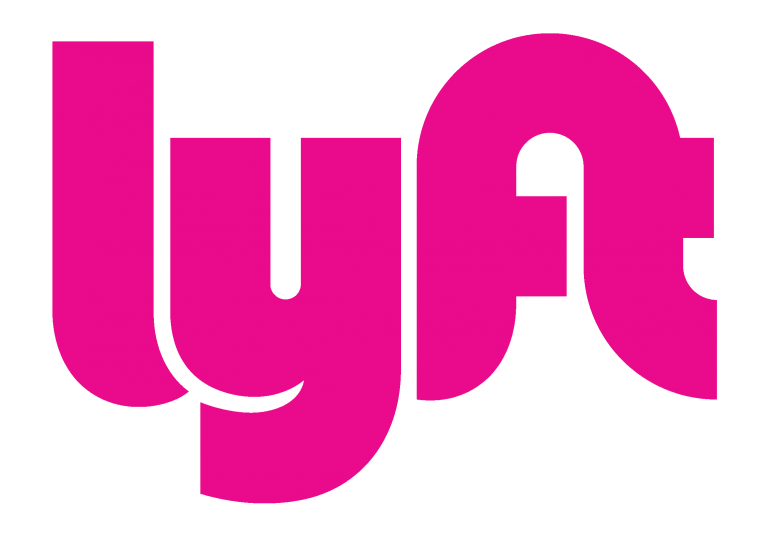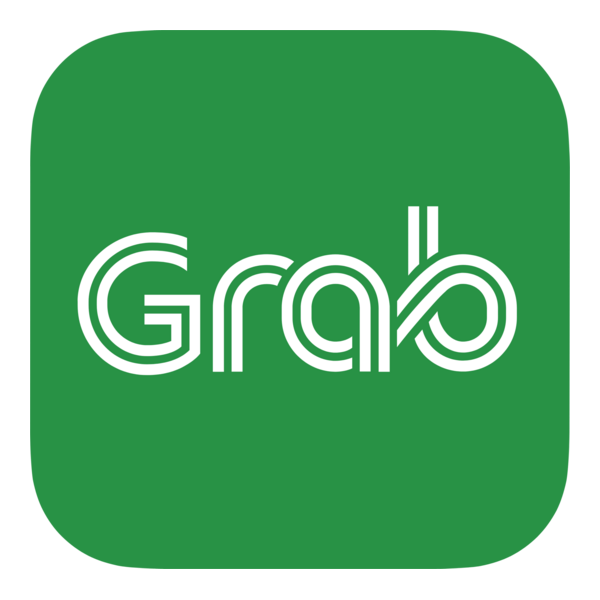Optimizing React Native: 16 Performance Issues You’re Probably Facing
Jamon Holmgren’s post details common React Native performance issues, building on his earlier thread where he defends React Native’s potential for high performance
Showing 20 of 534 articles (Page 4 of 27)

Jamon Holmgren’s post details common React Native performance issues, building on his earlier thread where he defends React Native’s potential for high performance

Shopify celebrates five years of React Native, sharing wins and lessons.

Describes how Google Maps uses Android’s Performance Class to deliver high-quality, premium user experiences.

Mercari tests their Flutter-based Hallo app with precision and care.

Merpay swaps old UI for SwiftUI and Jetpack Compose across screens.

Mercari uses Pigeon for tight, safe Flutter-to-native connections.

Coinbase fine-tunes network calls to make their app feel snappier for users.

Meta fine-tunes Threads on iOS to keep it fast and frustration-free.

Meta shifted their giant Android codebase from Java to Kotlin over years.

We made our engineers happier by cutting build times down from 50 minutes to 16.

Mercari shares what they learned adopting Swift Testing for iOS.

Details how Reddit optimized app startup times using Baseline Profiles and R8 for better performance on Android.

Back Market’s team identified and optimized bottlenecks (using baseline profiles, startup tracing, etc.), reducing cold start duration by ~60%.

Today, when you open Apple Maps and choose a destination, you are able to see a list of available Lyft offers, seamlessly routing you to the Lyft app to book your next ride.

We all strive to build flawless apps, but let's face it - bugs happen. And sometimes, those pesky bugs are elusive, only showing up in the unpredictable chaos of production.

At Pinterest, our mobile infrastructure is core to delivering a high-quality experience for our users. In this blog, I’ll showcase how the Pinterest Mobile Builds team is leveraging Honeycomb.

There is a lot of obsession with app size reduction. This usually is tracked as a metric, compared with peers and I see teams work hard for months to squeeze it up to the last bit.

Discord used synthetic control to measure voice message impact cleanly.

Grab speeds up their GrabX SDK startup to get users rolling quicker.
One of the things that users usually don’t like is stuttering in our application. Basically, Flutter itself provides a way to overcome this.